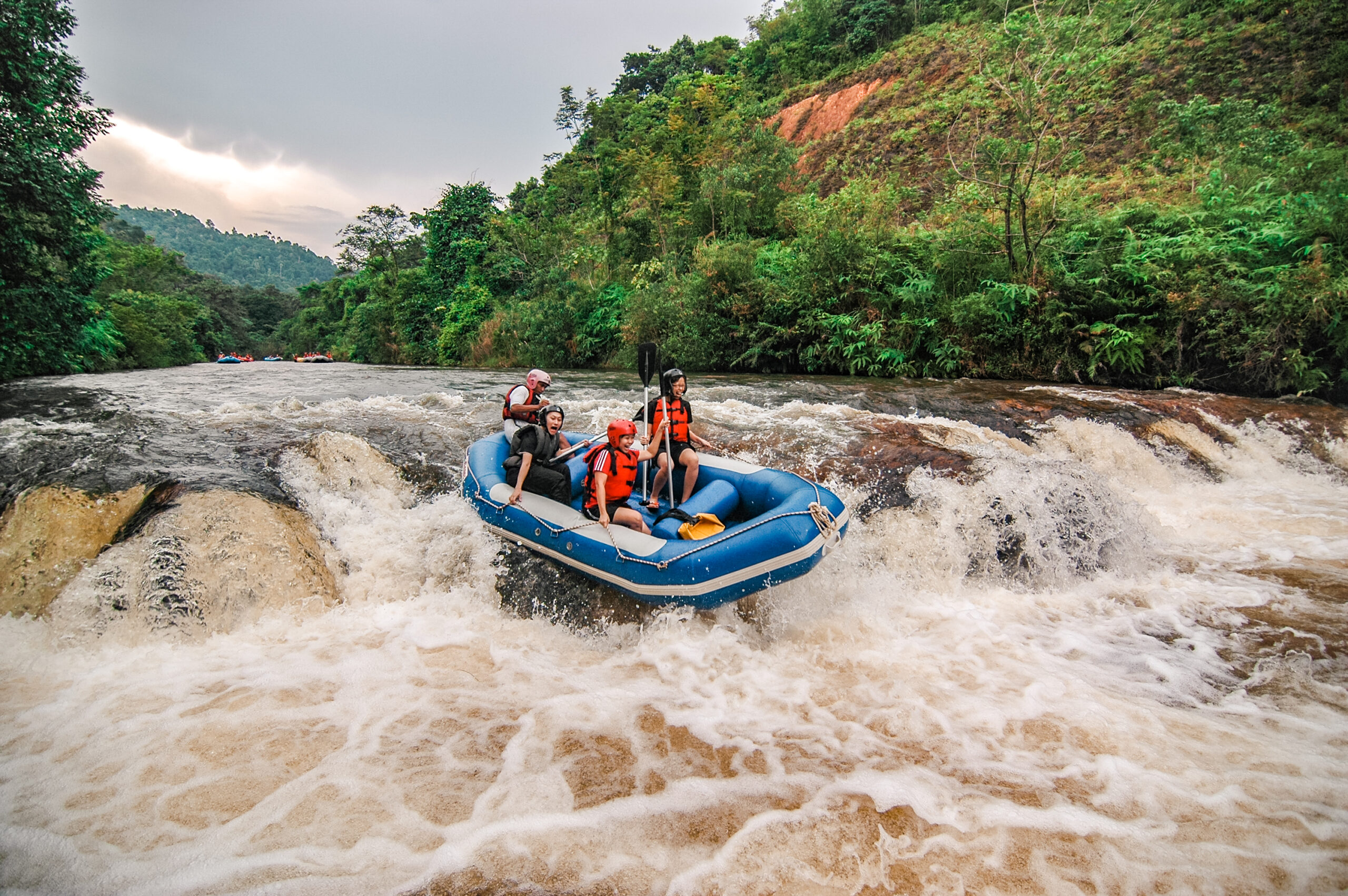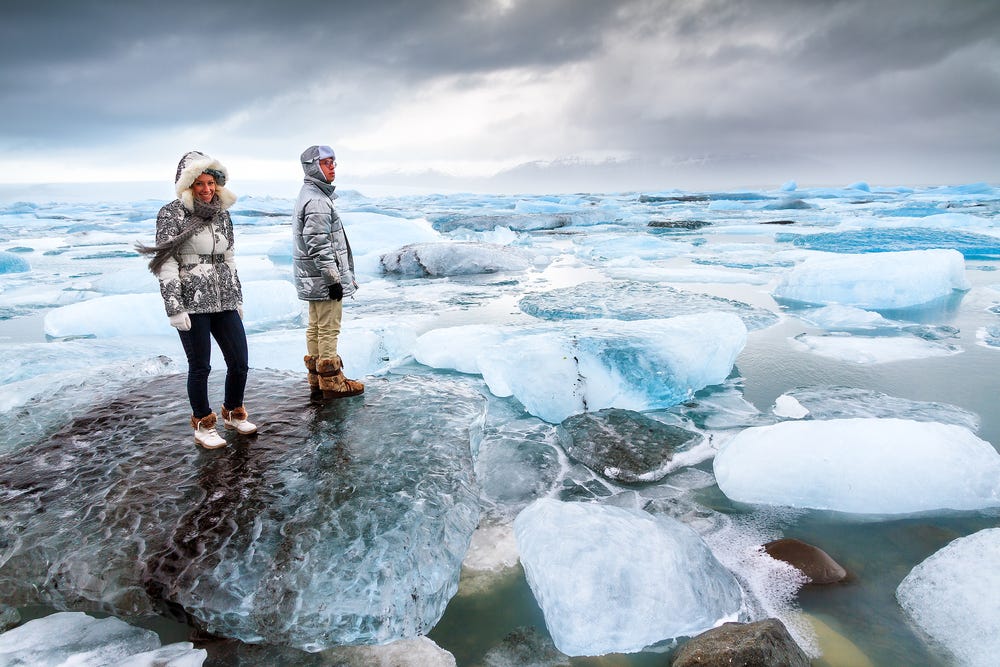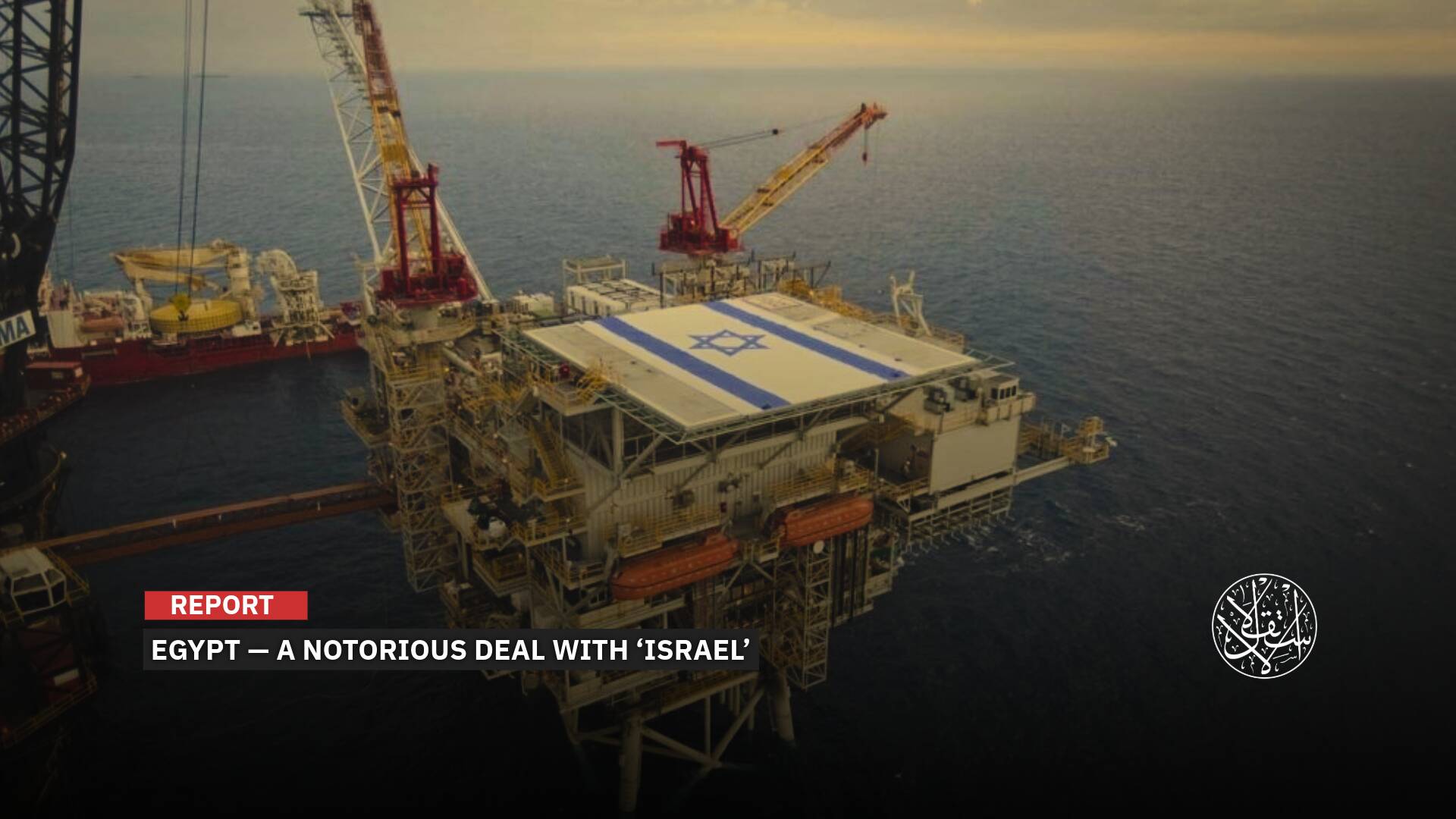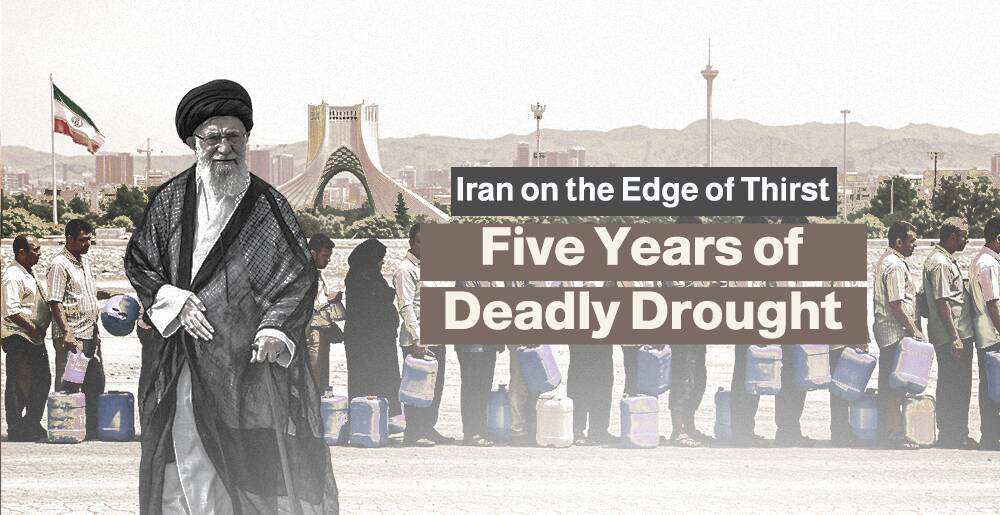This Is How the Titan Sub Tragedy Sparked the Debate Over Ultra-Wealthy Tourism
.png)
Trips to the earth’s ends and the ocean depths, and even to space, have become part of a growing tendency among a group of people, especially the wealthy, to undertake extreme trips laden with dangers, as The Wall Street Journal reports.
The incident of the Titan sub, which was lost in the ocean depths during an expedition for the wreck of the Titanic, has re-sparked the debate about how dangerous such voyages are.
This type of trip comes under the category of extreme tourism, a term used in the world of tourism to describe unfamiliar tourist experiences that go beyond the traditional boundaries of travel, which usually target rich people who love excitement and adventure.
This type of world can pay huge sums to enjoy a private flight around the world for 24 days, take a helicopter to camp at the foot of Mount Everest, or even embark on a journey into space.
Today, companies like Blue Origin offer commercial spaceflights, and the White Desert takes private jet trips to the South Pole.
The costs of these trips vary. While some passengers on Blue Origin flights have paid millions of dollars, a trip to the South Pole can cost just under $100,000.
Despite this growing demand among the world’s wealthy for adventure tourism, the Titan sub incident recently sparked controversy about the risks associated with this type of experience and the urgent need to establish controls and laws that regulate this new type of tourism.

High-Risk Tourism
On June 18, 2023, a private sub with five wealthy people on board was lost during an expedition to the wreck of the Titanic in a remote area in the Atlantic Ocean off the coast of North America, in a tourism adventure that the OceanGate Expeditions charges $250,000 per person.
Among the passengers were British billionaire and adventurer Hamish Harding (58 years), billionaire businessman Shahzada Dawood (48 years) with his son Sulaiman (19 years), in addition to French explorer Paul-Henri Nargeolet, who has previously journeyed to the site (77 years), and Stockton Rush, the CEO of OceanGate, the company running the expedition to the Titanic.
On June 22, the U.S. Coast Guard said that the Titan sub had likely suffered a catastrophic implosion, killing its five passengers.
The tourist expedition of the missing sub raised many questions, most notably the exorbitant price of the trip, in addition to its danger as a result of the crushing pressure in the depths of the ocean.
The quality of such trips is an activity usually reserved for the wealthy due to the costs involved, especially since the rich have begun in recent years to undertake qualitative trips based on the philosophy of self-discovery.
There is a psychological reason behind why wealthy people choose dangerous expeditions, and it has to do with how they make their money.
Commenting on this trend, Nick D’Annunzio, the owner of TARA firm, said to CNN: “What I have seen with the ultra-rich, money is no object when it comes to experiences. They want something they will never forget.”
Luxury travel planners say their clients are seeking more extreme experiences than in pre-pandemic times, with hard-to-access places like the Arctic Circle and Galapagos Islands topping bucket-list travel hotspots, Business Insider said.
Despite its high cost, it is expected that the demand for these exciting experiences will increase in light of the expectations of the growing number of wealthy people in the world in the coming years.
According to Knight Frank’s annual wealth report, the number of people who qualify as ultra-wealthy has increased by 44% globally since 2017, meaning people with a net worth of more than $30 million.

Exciting Adventures
It is noteworthy that 20 years ago, these wealthy travelers had only one guidebook to follow, and sometimes they had to make a path themselves.
But that has changed recently, as many companies have emerged that facilitate trips for adventure seekers, according to James Willcox, founder of the British Untamed Borders company.
The luxury and adventure travel market is small but rapidly growing and expanding, says Samantha Collum, director of operations for River Oaks Travel.
Meanwhile, Ralph Iantosca, owner of U.S.-based The Expeditionist travel company, organizes trips from Cape Town to Antarctica to South America, which includes guides taking travelers on a submarine, ice climbing, and hiking, and its cost exceeds $250,000.
The popularity of Mount Everest continues to grow, with 800 attempts to reach its summit annually through a three-week trek at a cost of $222,000, while wealthy travelers can choose from a range of cruises and trips to Antarctica.
This climbing season has seen at least a dozen climbers lose their lives on Everest, one of the highest annual death tolls for the mountain on record. Everest has claimed over 300 lives since the early 1900s.
The wealthy also take helicopter tours over active volcanoes, where a company called Secret Compass offers a chance to cross the Darien Gap, the only pass between Colombia and Panama and one of the most dangerous in the world. This tour is usually a full adventure trip, costing hundreds of thousands of dollars.
According to Collum, part of the appeal of these expeditions for rich travelers is the feeling of being part of a small group of people who have reached faraway travel destinations.
According to Grand View Research, the global adventure tourism industry is predicted to expand from $322 billion in 2022 to more than $1 trillion in 2023 as more firms seek to expand their offerings to daredevil tourists.
In 2022, adventure travel bookings through Squaremouth.com increased by 28% compared to 2019. This year, bookings for adventure travel increased by an additional 46% in 2022.
This increase, according to the company, is due to the increasing popularity of travel to destinations such as Antarctica and travel destinations in South Africa, Kenya, and Tanzania.

Dark Tourism
A recent report published by Business Insider revealed the most prominent and potentially dangerous trips undertaken by wealthy people looking for adventure and excitement.
The travel company EYOS Expeditions started offering $750,000 trips to Challenger Deep, which is nearly seven miles deep, in 2020.
Last week, Virgin Galactic announced that its commercial spaceflight service would officially begin later this month, and a second voyage would follow in August.
The company told CNN that one ticket costs $450,000 for private astronauts, what the company calls its customers, and that it has sold approximately 800 tickets.
While space tourism remains largely unattainable for most people, it’s a growing travel sector. Jeff Bezos’ Blue Origin and Elon Musk’s SpaceX have also launched paying customers into space over the last two years.
A ticket for the Blue Origin spaceflight, which lasted 11 minutes, auctioned for $28 million in 2021.
Meanwhile, US-based space technology startup Orion Span has plans to open the world’s first luxury space hotel, which will cost about $10 million per person for a two-week stay.

There is also another type of trip that people take called dark tourism, which is not a new phenomenon and is very popular; its main motive is curiosity and adventure.
By searching for the sites of this tourism around the world, there are more than a thousand places in 116 different countries, according to dark-tourism.com, which provides information on these destinations, under the supervision of its German founder, Peter Hohenhaus.
The wreck of the Titanic, which sank in 1912, is one of the most famous black tourism sites around the world, in addition to the Chernobyl nuclear reactor in Ukraine that exploded in 1986.
There is the Italian city of Pompeii, whose inhabitants were buried under the hot ashes of the Vesuvius volcano in 79, and the city of Auschwitz in Poland, which witnessed the genocide of more than a million Jews in Nazi camps.
The memorial and mass graves of the victims of the execution of the Khmer Rouge regime between 1975 and 1979 in Choeung Ek district, which killed nearly a million people, are also the most visited in Cambodia.
While Egypt has a large share of the places that can be classified as dark tourist areas, such as the Pharaonic tombs.
There is no accurate data on the numbers of people who tend to travel to these sites yet, but search indicators for them indicate that they have become more active in recent years.
Sources
- The Booming Business of Trying to Reach the Ends of the Earth
- Yes, Titanic tourism is a thing, and it’s dangerous
- Wealthy people are splurging on bucket-list trips…
- The rise of extreme tourism
- See the high-risk trips wealthy travelers are booking…
- Visitors can explore over 300 of the world's dark tourism sites









